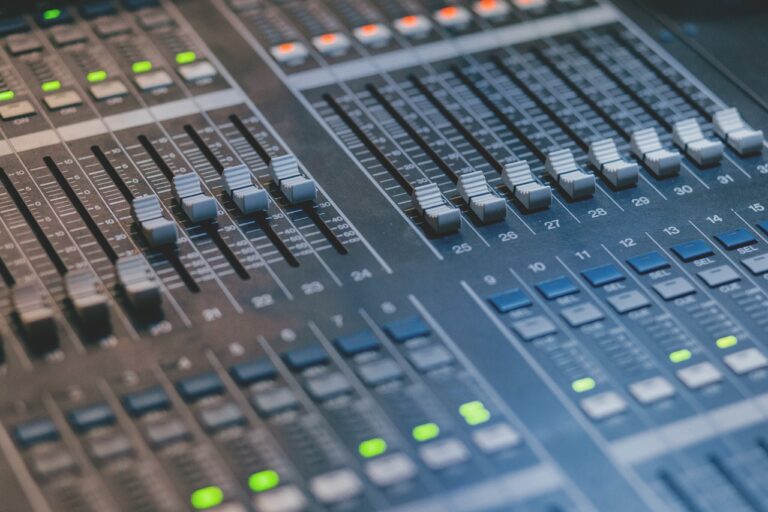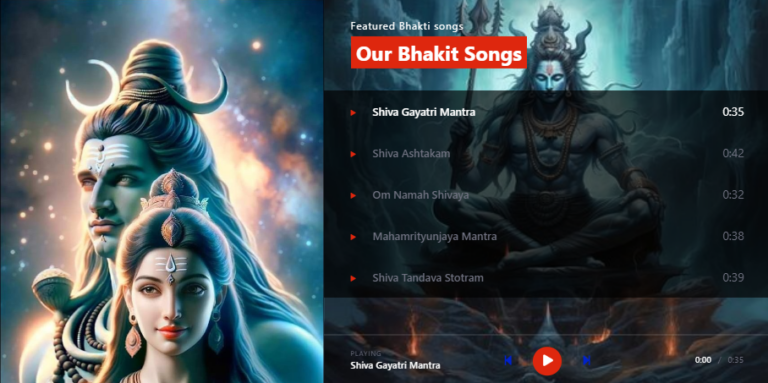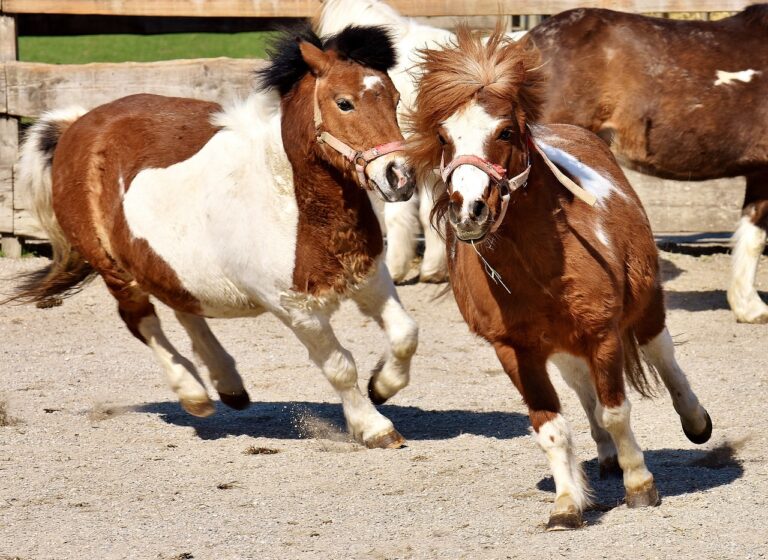Exploring the Intersection of Art and Entertainment in Events
11xplay sign up login password, www laser247.com, tiger exchange 247: Art and entertainment are two essential elements that can make any event unforgettable. The intersection of these two worlds can create a mesmerizing experience for attendees, leaving a lasting impact and creating memories that will be cherished for years to come.
Artistic performances, installations, and exhibits can elevate the entertainment value of an event, providing a unique and immersive experience that captivates the audience. Whether it’s a live painting demonstration, a sculpture exhibition, or a dance performance, art can add a touch of sophistication and creativity to any event.
Entertainment, on the other hand, brings energy, excitement, and fun to the event. From live music and comedy shows to interactive games and activities, entertainment keeps the audience engaged and entertained throughout the event. It creates a lively atmosphere, breaks the ice, and fosters a sense of camaraderie among attendees.
When art and entertainment come together in an event, magic happens. The synergy between the two can create a multi-sensory experience that appeals to all the senses and stimulates the mind. Attendees are not just passive spectators but active participants in the event, interacting with the art and entertainment elements and creating their own unique experiences.
So, how can event planners harness the power of art and entertainment to create unforgettable events? Here are some tips:
1. Choose the right artists and performers: Select artists and performers whose style and vibe align with the theme and mood of the event. Their work should complement each other and create a cohesive experience for the attendees.
2. Create interactive experiences: Allow attendees to engage with the art and entertainment elements through workshops, demonstrations, and interactive displays. This not only enhances the overall experience but also encourages participation and creativity.
3. Curate a diverse program: Mix and match different art forms and entertainment acts to appeal to a wide range of tastes and preferences. This ensures that there is something for everyone and keeps the audience engaged throughout the event.
4. Consider the venue and layout: Take into account the venue’s architecture, lighting, and acoustics when planning the art and entertainment elements. Ensure that the space complements the performances and installations and enhances the overall experience.
5. Collaborate with artists and performers: Work closely with artists and performers to create custom-made pieces or performances that are tailored to the event. This collaborative approach can result in unique and exclusive experiences that will wow the attendees.
6. Seek feedback and iterate: After the event, gather feedback from attendees to understand what worked well and what could be improved. Use this feedback to iterate and refine future events, ensuring that each one is better than the last.
By exploring the intersection of art and entertainment in events, event planners can create truly memorable experiences that leave a lasting impression on attendees. So, let your creativity run wild and bring art and entertainment together to create events that are out of this world!
FAQs:
Q: How can I incorporate art and entertainment into my event on a budget?
A: Consider collaborating with local artists and performers who may offer their services at a discounted rate or in exchange for exposure. You can also repurpose existing art installations or performances to fit your event theme.
Q: What are some unique art and entertainment ideas for corporate events?
A: Consider hosting a live painting session where attendees can contribute to a mural, organizing a comedy night with a lineup of corporate-friendly comedians, or hosting a virtual reality art exhibit.
Q: How can I ensure that the art and entertainment elements of my event are culturally sensitive and inclusive?
A: Work with artists and performers from diverse backgrounds and ensure that the content and themes of their work are inclusive and respectful of all cultures and identities. Prioritize diversity and representation in your event programming.







